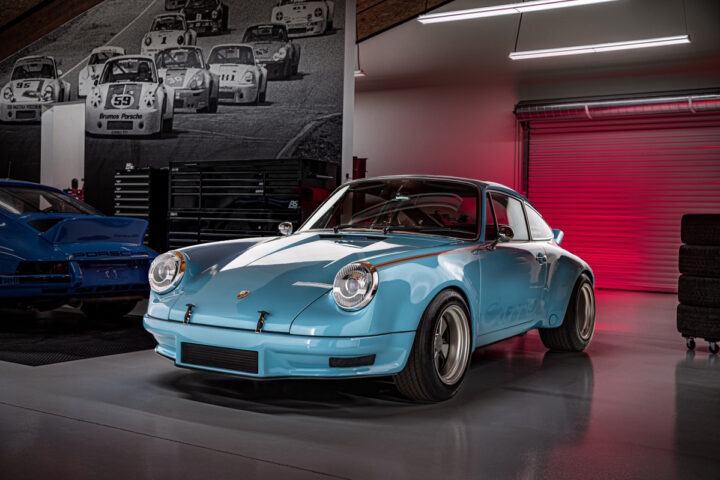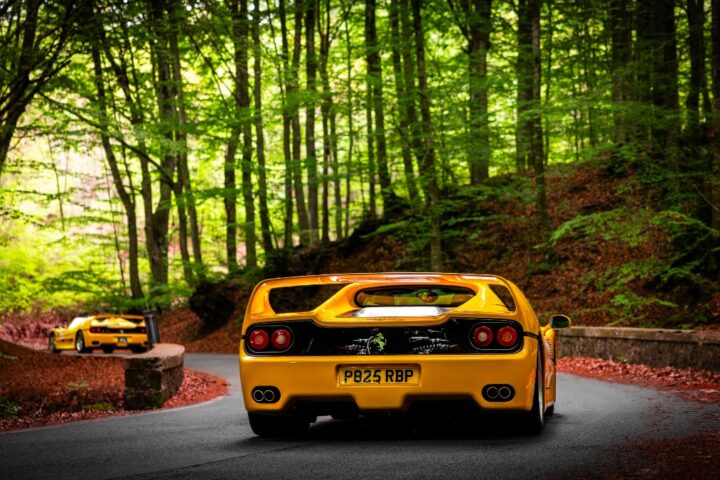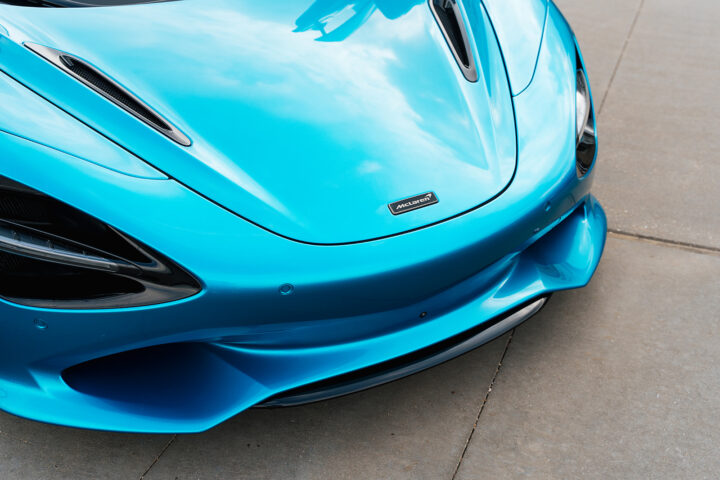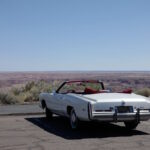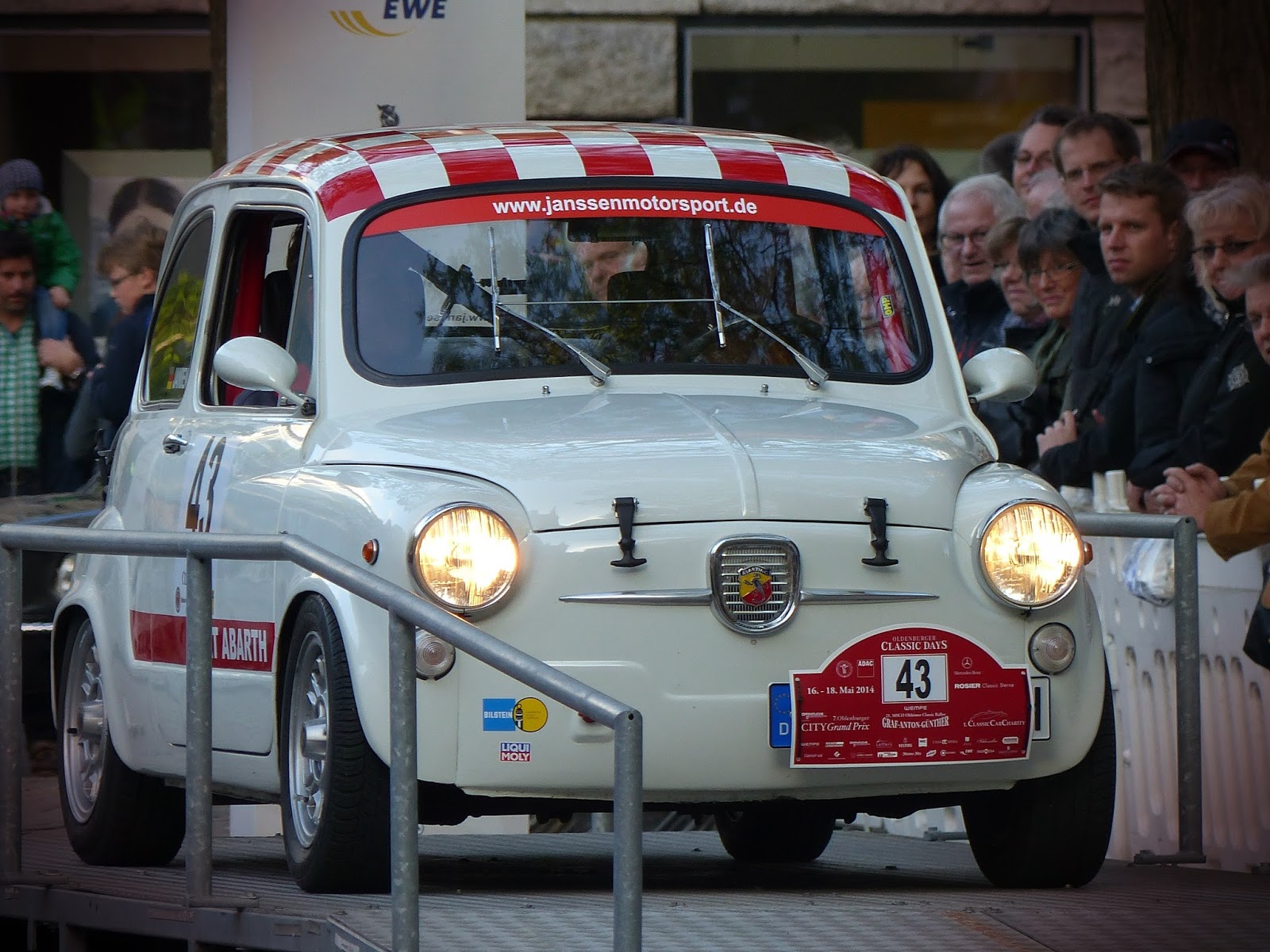
Oldenburger Classic Days
by Michael Satterfield – 06/04/2015
When it comes to vintage automotive events, Europe knows how to bring history to life. Unlike the more static classic car shows often seen in the U.S., where vehicles are displayed like museum pieces, European rallies like the Oldenburger Classic Days invite spectators to experience these vintage machines as they were meant to be—on the move, roaring across the countryside and being driven with passion. The 2015 Oldenburger Classic Days perfectly captured this spirit, blending the elegance of classic cars with the excitement of motorsport in a way that’s rarely seen outside of Europe.
Held in the charming city of Oldenburg, located in the northern part of Germany, the Oldenburger Classic Days is a celebration of both automotive history and the thrill of driving. This annual event draws car enthusiasts from across Europe, each bringing their prized classic cars to take part in the two-day rally that winds through scenic routes and picturesque villages. The event is part rally, part car show, and part social gathering, creating an atmosphere that is equal parts competitive and convivial.
What sets Oldenburger Classic Days apart from many vintage car events is the emphasis on driving. These aren’t cars that sit behind ropes and mirrors for people to admire from a distance. In Oldenburg, the classics are meant to be driven, and driven hard. Participants come to put their cars through their paces, navigating challenging roads, sharp turns, and fast straights, all while trying to maintain the precision required for a rally.
The 2015 edition of the event was no exception. More than 100 cars, ranging from pre-war legends to post-war classics, lined up to take on the rally course. From sleek Porsche 356s to burly Jaguar E-Types and even a few rare models like the BMW 507 and Mercedes-Benz 300SL Gullwing, the event showcased an incredible variety of automotive history. Seeing these machines in motion, hearing the growl of their engines, and watching them navigate tight curves and open straights was a sight to behold.
But it wasn’t just about speed. As with most classic rallies, precision is key. Drivers and their co-pilots had to follow a detailed route book and maintain strict timings between checkpoints, blending the excitement of racing with the strategy of timekeeping. This balance between competition and control is what makes classic rallies like Oldenburger Classic Days so thrilling to watch—and even more exhilarating to participate in.
One of the most striking aspects of the 2015 Oldenburger Classic Days was the enthusiastic crowd. Unlike many vintage car events in the U.S., where the cars are often confined to race tracks or closed-off concours lawns, the Oldenburger Classic Days rally took place on public roads, with the local community fully engaged. Fans lined the streets, gathered at key rally points, and even cheered from their front yards as the cars roared past. The opening day of the rally was particularly exciting, as cars gathered in the town square before setting off on their journey.
The fanfare surrounding the event was palpable. Families, tourists, and car enthusiasts of all ages came out to see the spectacle, many bringing their own pieces of automotive history—often in the form of impeccably restored cars parked along the streets. The city itself seemed to come alive with the buzz of excitement. The blend of vintage motorsport with the lively atmosphere of a festival gave Oldenburger Classic Days a unique energy, one that was impossible to miss.
Unlike the more subdued gatherings seen in the U.S., where classic car events are often limited to private venues, Oldenburg opened its streets to these magnificent machines. The rally served as a reminder that these cars were built to be driven, and the local spectators appreciated every moment, waving flags and snapping photos as the cars blasted by.
What truly makes the Oldenburger Classic Days memorable was the driving itself. Rally stages took participants through some of the most scenic routes in northern Germany. Long stretches of open roads allowed drivers to unleash the full potential of their classic machines, while winding forest roads demanded precision and control. The contrast between the peaceful countryside and the growling, high-revving engines of vintage Porsches, Ferraris, and Jaguars created a dynamic that was thrilling to both drivers and spectators.
For many participants, the rally wasn’t just about winning but about experiencing the joy of driving a classic car through breathtaking landscapes. The camaraderie among drivers was palpable, with many exchanging stories of their restorations, tuning tips, and, of course, the occasional roadside breakdown. In true European rally fashion, support crews were on hand to help with any mechanical issues, ensuring that even the oldest cars could complete the course.
The event was a perfect blend of competition, celebration, and community, where rare cars weren’t just displayed—they were driven. For American enthusiasts used to the more restrained pace of U.S. classic car events, Oldenburger Classic Days represented something truly special. Here, it wasn’t enough for the cars to look beautiful; they had to be put to the test, with spectators cheering them on from the sidelines.
The event captured what makes classic rallies in Europe so distinct: the seamless integration of public roads, passionate fans, and the celebration of classic cars in motion. Whether you were a participant behind the wheel or a spectator on the sidelines, the Oldenburger Classic Days was an unforgettable experience showcasing the best vintage motorsport.
Enjoy more photos from our trips to Oldenburger:













